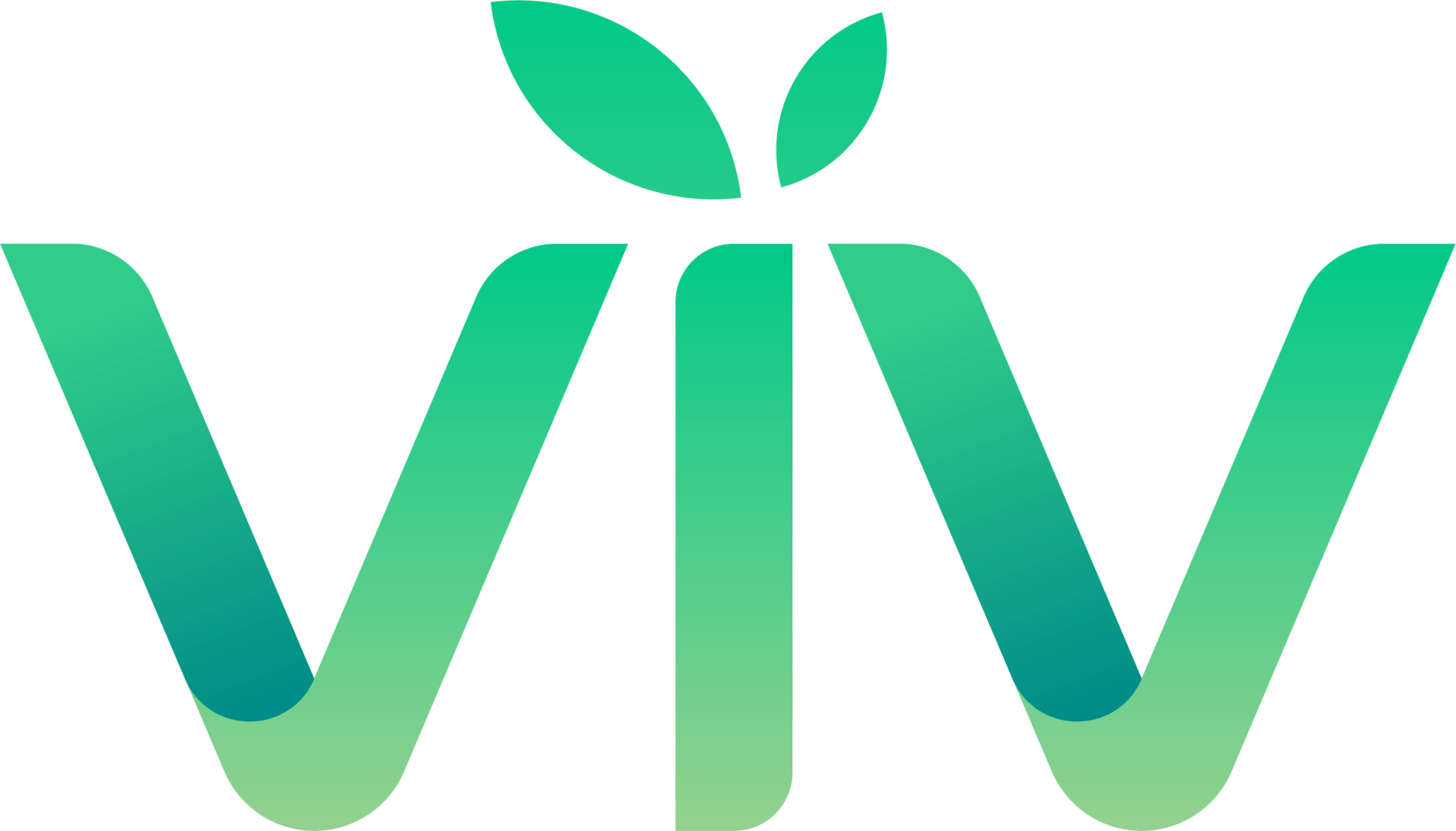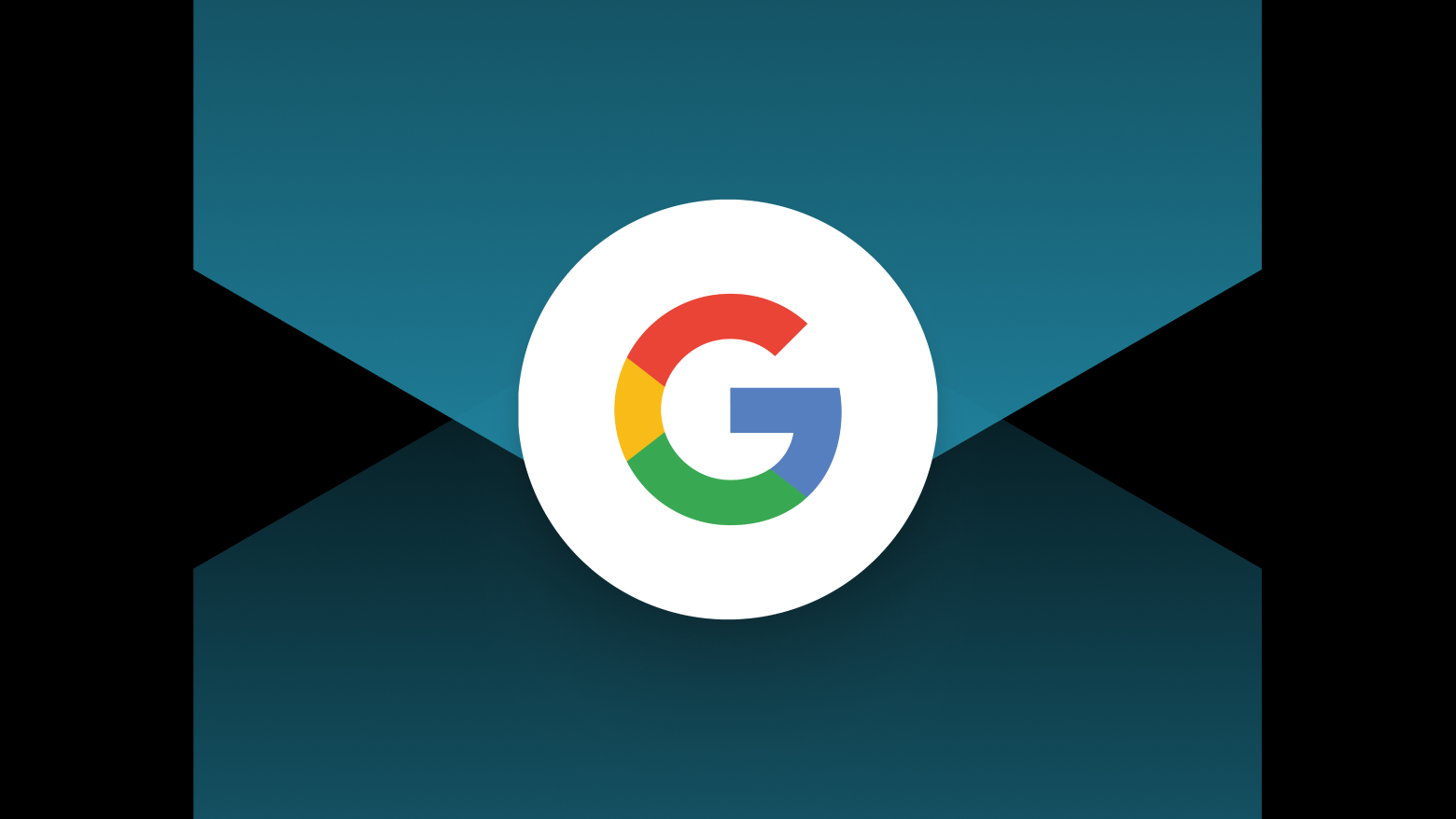Blog Layout
Facebook Shop: Selling and Promoting Products on Facebook and Instagram from Your Online Store
info • Jun 12, 2020
Facebook Shop: Selling and Promoting Products on Facebook and Instagram from Your Online Store

Finding customers is heavy lifting for any beginner small business. But leveraging a network of 2.5 billion consumers categorized by age, action, and interest can certainly help. And Facebook is happy to step in and fill that gap.
Monetizing your existing social media presence is an ideal way to grow any fledgling new business. And depending on what tool you use, that experience can be an easy one, or… well, a not-so-easy one.
VIV's E-commerce has always been a champion for small businesses hungry for easy and effective ways to sell online. With VIV, you can tap into 10+ sales channels, including Facebook and Instagram, to grow your reach on platforms where your customers already spend most of their time — AND control all of that from a single dashboard.
We’ve been partnering with Facebook for years to give you access to some of the best social selling tools available for your online store:
- Facebook Shop
- Instagram Shop
- Facebook Product Catalog (a fancy file that’s filled with important product details like pictures, prices, and titles, to easily create product ads)
- The Facebook Pixel
- And Facebook Messenger.
- Selling on social with these specialized tools can put you lightyears ahead of competitors who are still mired in the traditional ideas of social sharing. With Ecwid, you can automatically upload (and sync) your product catalog to both Facebook and Instagram, drive sales with dynamic
- Facebook and Instagram advertising, and support your customers with Facebook Messenger right on your storefront.
Sell Products in Facebook Shops and on Instagram
Getting your products on Facebook opens up some awesome e-commerce opportunities to grow your online sales:
Sell your products through Facebook’s familiar (and popular) interface
Get a Facebook shop section on your Business page that’s easily accessible across all devices for all your page’s fans
Help customers find products faster with a simplified search feature that organizes products into collections (if you’re on VIV, your existing product categories will be automatically synced into Facebook collections to make set-up even easier)
And tag products in your picture posts to improve visibility in users’ feeds.
A single product catalog is used across Facebook and Instagram for fast and seamless connection and sync with both platforms. Once set up, your product catalog can be used to reach over 2 billion potential customers on Facebook plus another billion on Instagram.
If you have a Facebook Business Page connected to your product catalog, you can get an Instagram Shop to:
- Tag products in Instagram posts to let users easily discover them
- Sell right in your Instagram Stories with product stickers
- Get your shoppable posts featured in the Explore section to be seen by thousands of potential customers
- And receive a permanent Shop tab on your Instagram Business Profile with all your tagged products to let shoppers easily access your purchasable products.
If you want to do things the hard way, you can head over to Facebook to create your product catalog manually. OR — our recommendation — create a catalog once with Ecwid to easily sync and upload to Facebook, Instagram, Amazon, eBay, Google Shopping, Etsy, and wherever else your entrepreneurial heart desires. We like the latter.
Advertise Across Facebook and Instagram
The beauty of Facebook advertising lies in its large audience and flexible targeting options. Whether you specialize in sailing watches, quinceañera dresses, or sequined bell-bottoms, there’s a pretty good chance your target audience is hanging around on Facebook (and Instagram).
Facebook Product Catalog works with a variety of Facebook ad types and formats, including Dynamic ads that automatically show your product catalog to the most relevant audience across Facebook, Instagram, the Audience Network, and Messenger.
Facebook advertising supports targeting for all sorts of interests, age groups, and locations, in addition to retargeting your store visitors, looking for more people like your customers — you name it. And VIV’s integration with the Facebook pixel helps you use customer behavior data as well (page views, abandoned carts, etc.) to show your ads to more relevant audiences.
Support Shoppers in Facebook Messenger
When you shop in a brick-and-mortar store, there’s always someone you can ask for help. Of course, that’s not necessarily the case with online stores. But if you sell on Facebook with Ecwid, you can easily add Messenger to your online storefront to answer customer questions in real-time. What’s more: studies have even shown that having a live chat on your storefront can boost conversions by up to 45%.
Manage Your Store Easily
While it’s possible to manually sell in Facebook shops or on Instagram without an e-commerce platform, there are some crucial elements that you might be missing.
Shipping integrations: VIV calculates shipping rates automatically for major providers like UPS, USPS, FedEx, Canada Post, Australia Post, and Royal Mail to let merchants know exactly how much to charge their customers for shipping and avoid paying for excess costs out of their own pockets.
Catalog management: E-commerce platforms like VIV support bulk edits, stock level control, and per product tax settings. For a merchant who’s just starting out selling online, those capabilities might not seem all that important. But when you start managing your store day-to-day, we promise, you’ll be glad you have them.
Discount coupons: A flexible discount system is the bread and butter of e-commerce stores. Discount coupons can effectively lure new shoppers and retain existing ones. With VIV, you can set up discount coupons in percentage and absolute values, combine them with free shipping, and even assign them to specific customer groups. Out-of-the-box social media e-commerce tools? Not so much.
More sales channels: VIV products can be sold on multiple websites, Facebook, Instagram, Amazon, eBay, Google Shopping, Etsy, in-person using POS integrations, and in a native e-commerce mobile app. All from a single dashboard.
And we continue to partner with Facebook to offer even more benefits to VIV merchants, including free Facebook traffic for their Gift Cards in a number of countries during COVID-19. Don’t have an e-commerce store yet? No worries. We’ve got a lightning fast way to get your business online for free.

By Austin Hoffman
•
09 May, 2024
Unlocking Success with Generative Engine Optimization (GEO): A New Era in Digital Marketing In the dynamic landscape of digital marketing, the emergence of generative artificial intelligence (AI) engines like ChatGPT and Bard has ushered in a paradigm shift. Traditional search engines are no longer the sole protagonists in the quest for fast and precise information retrieval. Users, weary of sifting through endless search results, now turn to generative engines for quick, reliable answers. This trend has catalyzed the evolution of content creation strategies, with a growing emphasis on Generative Engine Optimization (GEO)—a suite of techniques tailored to enhance visibility and performance on these sophisticated platforms. At our digital marketing company, we are committed to staying ahead of the curve by integrating cutting-edge trends and strategies into our practices. Embracing this ethos, we recently conducted an experiment aimed at enriching our content through nine specific GEO techniques. The outcome was resoundingly positive, as our efforts garnered favorable recognition from Search Generative Experience (SGE) across more than ten queries. What sets GEO apart is its ability to deliver tangible results without necessitating additional budget allocation. Instead, success hinges on a strategic realignment of content research, writing, and presentation methodologies. The Foundation of GEO Strategy In response to the opaque and fast-paced nature of generative engines, a collaborative effort by researchers from Princeton University, Georgia Tech, The Allen Institute for AI, and IIT Delhi gave birth to Generative Engine Optimization. This framework is underpinned by a comprehensive nine-set content optimization technique, validated through rigorous testing across a dataset of 10,000 search queries, mirroring the intricacies of platforms like BingChat. Drawing from diverse sources including Google, Microsoft Bing, Perplexity.AI's Discover, GPT-4, and others, this dataset forms the cornerstone of GEO strategy development. Decoding the Nine Techniques Authoritative Content: At the heart of GEO lies the imperative of instilling confidence and trustworthiness in content through assertive language and compelling narrative. Keyword Placement: Strategic integration of target keywords in a natural, user-centric manner remains a cornerstone of both traditional SEO and GEO, ensuring enhanced relevance and visibility. Maintain keyword density of 1%-2%. Avoid disrupting the natural flow of content with keywords. Include latent semantic indexing (LSI) and "people also ask" keywords. Target long-tail keywords for specific queries with less competition. Statistics: Augmenting content credibility through the inclusion of empirical data and studies serves to bolster user trust and engagement, amplifying organic traffic and site visibility. Source Citing: Elevating content reliability by attributing information to reputable sources underscores the ethos of transparency and integrity inherent in GEO strategies. Quotation Addition: Harnessing the persuasive power of endorsements from respected figures or subject matter experts enhances content credibility and resonates with discerning users. Understandability: Simplifying content language and structure fosters broader comprehension and accessibility, catering to diverse audience segments. Fluency Optimization: Ensuring content coherence and readability through clear, engaging language is paramount in captivating and retaining user interest. Use simple sentences to maintain reader engagement. Avoid monotonous language and incorporate a rhythm in content flow. Choose clear language over jargon to enhance comprehension. Ensure smooth transition between ideas for a seamless reading experience. Unique Words: Enriching content appeal by incorporating interesting and uncommon vocabulary enhances engagement and distinguishes the content from competitors. Integrate unique words to add depth and richness to content. Avoid overuse of basic vocabulary to maintain reader interest. Technical Terms: Enhancing specificity and precision by employing industry-specific terminology facilitates effective communication and caters to specialized audience segments. Introduce technical terms to convey complex concepts succinctly. Provide clarity by using industry-specific vocabulary appropriately. Avoid overwhelming readers with excessive technical jargon. Conclusion: Seizing the Opportunity As generative engines continue their ascendancy, embracing GEO strategies emerges as a pivotal opportunity for digital marketing success. Beyond mere visibility, these techniques ensure that content is not only easily discoverable but also trusted and engaging for users. By aligning with the principles of Generative Engine Optimization, businesses can navigate the evolving digital landscape with confidence, unlocking new avenues for growth and relevance in an AI-driven era.
We're Helping Local Businesses Succeed. Let’s grow together.
Get in touch today!
Let us know about your marketing goals and one of our marketing specialists will be in contact with you!
Browse Our Packages
We've been lucky to work with over 2,100+ businesses. Check out some of our packages!
CONTACT US
We bring the team to the table to provide the best value for your business strategy. We're experts at collaborating the many different moving parts of digital marketing so that you can be the expert at running your business.
(812) 618-9498
10999 Stahl Rd, Newburgh, IN 47630
USEFUL LINKS
All Rights Reserved | VIV
© 2024
Evolv, Inc, doing business as Evolv is a registered Independent Sales Organization of Wells Fargo Bank N.A., Concord, CA and Fifth Third Bank, N.A., Cincinnati, OH

